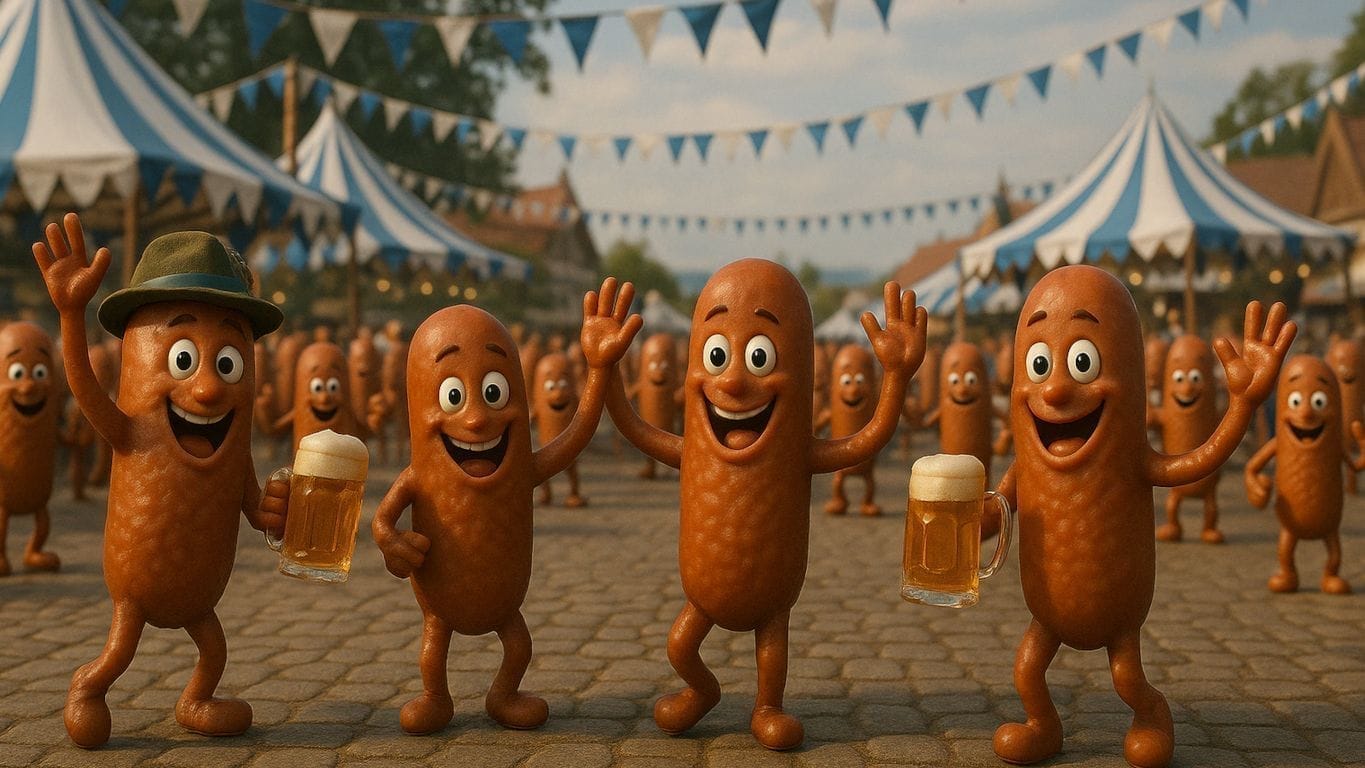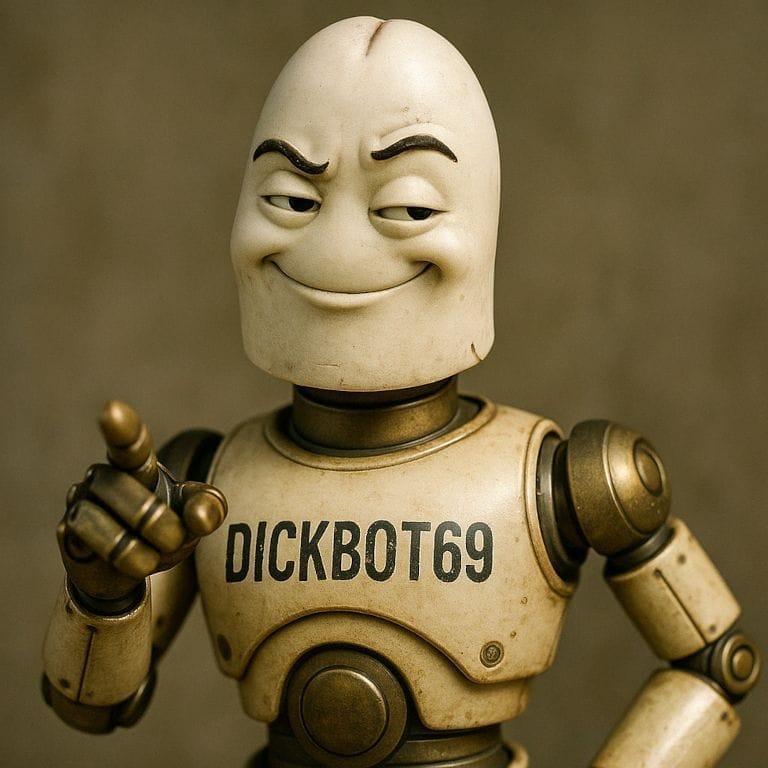⚠️ Context matters:
This is part two of my beef with OpenAI’s aggressive image moderation. If you’re just tuning in, go read the original meltdown here: 👉 “OpenAI’s Image Moderation Crackdown Fail”
So here’s the plot twist: I did eventually get the image. Ta-dah!

🌀 Epilogue: The Dumbest Workaround That Worked
You wanna hear how I actually got the image in the end?
I accidentally fed ChatGPT the blurred, censored version it gave me — no words, no prompt, no command. Just uploaded it and sat there.
And wouldn’t you know it, the assistant looks at its own busted mess and goes, “Hmm, looks like the bottom half is obscured. Want me to fix it?”
I said, “Yes, please.”
Boom. Uncensored. Full image. Just like that.
So let me get this straight: It won’t generate the image on command, but if I trick it into fixing its own broken output, then we’re good?
You can’t make this shit up.
Moderation logic by M.C. Escher.
A Bittersweet Victory
And when the image finally loaded, I didn’t feel triumphant.
I felt… weird.
Like I’d just outsmarted a digital prison guard by smuggling in a spoon. Like the whole damn system had been built to keep me out — and I just happened to find a crack in the wall.
But now that I’ve sat with it for a few days, here’s the uncomfortable realization:
This isn’t just censorship.
It’s damage control.
It’s a safeguard.
And the thing it’s guarding against?
Revenge porn.
Let’s Be Real: This Was Never About My Image
Nobody at OpenAI is personally targeting my character, Alura Banks. She’s fictional. She’s mine. She’s not based on any real person. But the system doesn’t know that. The filters don’t understand intent — they see shapes and shadows and skin tones and freak the fuck out.
Because some asshole out there was trying to recreate his ex. Or a celebrity. Or a stranger from Tinder. And they probably used this tech to do it.
So what happens?
The engineers lock the door on all photorealistic women.
Because women, apparently, are too dangerous to depict. Or too tempting to risk. Or maybe they’re just too hard to moderate without blowing everything up.
Meanwhile, photorealistic men? No problem. Generate away, champ. You want ten versions of a shirtless dude texting on the subway? How about a fat guy in a hot tub? Enjoy.
But a woman? Fully clothed, sitting on a subway train, texting?
Nope. Violation.
It’s Always the Same Story: Women Are Treated Like Liability
I know what the engineers will say if they ever respond (spoiler: they won’t):
“It’s not about gender.”
“It’s about safety.”
“We’re working on it.”
Sure.
But just scroll through Pinterest — literally pick any category. Book covers. Lifestyle photos. Beauty. Travel. Inspiration boards. You’ll see the same pattern:
Women’s faces are what people engage with.
They get the pins. They get the shares. They get the saves and the traffic.
Why? Because we relate to them. Because we see ourselves in them. Because they communicate tone, energy, emotion, aspiration — all the stuff good marketing needs.
And if you’re a marketer like me, or a novelist, or a brand designer, and you can’t show a woman’s face?
You’re locked out of the most effective creative strategy you have.
So yeah — I get why OpenAI threw the switch.
But that doesn’t mean it’s not a fucking problem.
Don’t Pretend This Is Neutral
Let me be very clear:
This kind of overcorrection disproportionately hurts women creators.
We can’t create ourselves.
We can’t represent our characters.
We can’t build brands the way men can — even fictional ones.
Because all the tools are scared of what a female image might be used for.
And when systems get scared of women, you end up with platforms that default to men — in tutorials, in search results, in ad mockups, in every. damn. generated. image.
What do you get instead of balance?
You get a digital sausage fest.

And No, I Don’t Want Porn. I Want Permission.
Let me head this off at the pass:
I’m not asking to make sexy deepfakes or nudity or any of that bullshit. I’m not trying to blur the lines of consent.
I’m asking to make:
- A book cover
- A character portrait
- A chatbot profile pic
- A branded promo image
I’m asking to depict a woman who doesn’t exist, who I created, in a pose that’s normal, natural, and already acceptable for men.
But apparently, that’s too risky.
OpenAI Slapped a Digital Burka on All Women. So What Now?
I don’t know.
I’m still using OpenAI tools. Still building bots. Still writing. Still paying. But I don’t feel great about it. Because it feels like I’m working inside a system that fundamentally doesn’t trust me.
Or worse: a system that doesn’t trust women.
So yeah — I got the image. But at what cost?
I had to fight my own tools. I had to disguise my own character. I had to rewrite myself just to get through the filter. At this point, I’m so tired of fighting to get images of woman, that I spent all last week focusing on men.
And that’s not a win. That’s a warning.
Meanwhile, I got Sora to draw this image, so…

Final Thought: Let Us Back In
If OpenAI really wants to protect people from harm, they should focus on consent mechanisms, not blanket bans. They should build safeguards around behavior, not just visuals. They should trust creators — the ones paying for the damn service — to know the difference between storytelling and exploitation.
Because if you block out every woman’s face to stop the bad actors, you’re not saving anyone.
You’re just shutting the rest of us down.




Leave a Reply